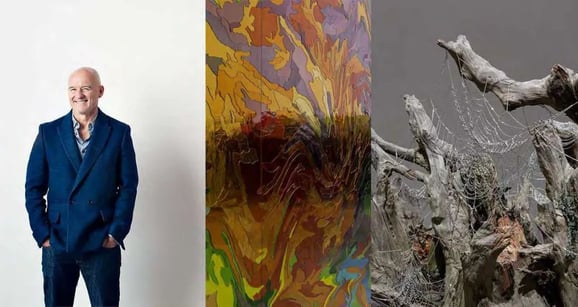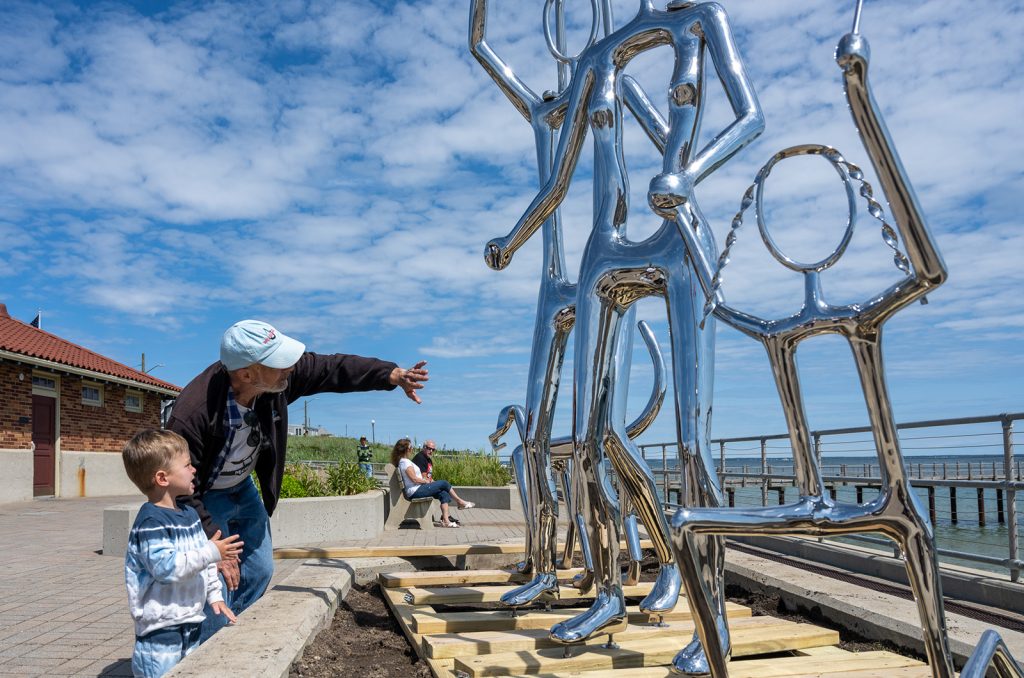The Sculptor and the Poet: Unearthing the Creative Dialogue Between Rodin and Rilke
Art and poetry often share a deep, intricate relationship, and few partnerships exemplify this better than that of Auguste Rodin and Rainer Maria Rilke. Their connection illuminates how visual art can inspire poetic expression and how two creative giants conversed across mediums. Understanding their bond sheds light on the interplay between sculpture and literature.
The Impact of Rodin’s Sculpture on Rilke’s Poetry
Auguste Rodin, the master sculptor, was renowned for his ability to capture the raw emotions of the human experience in his works. His sculptures, rich in texture and movement, invite viewers to ponder the stories behind each figure. Rainer Maria Rilke, who met Rodin in Paris in 1902, found profound inspiration in Rodin’s artistic vision. Rilke described Rodin’s work as a bridge to the soul, encouraging him to explore the depths of human existence in his own poetry. The poetic resonance found in Rodin’s sculptures is a testament to how visual art can ignite words, leading to more profound reflections on life, love, and the human condition.
The Correspondence Between Two Creative Minds
The correspondence between Rodin and Rilke is a fascinating glimpse into their creative dialogue. Rilke wrote letters to Rodin, eagerly discussing art and existence, seeking advice on his own poetic journey. These letters reveal Rilke’s admiration for Rodin’s ability to encapsulate emotion and form without words. In return, Rodin offered insights not only about sculpture but also about the artistic process itself, encouraging Rilke to delve deeper into his own intuition. Their exchanges become a rich tapestry of inspiration, showcasing how collaboration and mentorship can elevate artistic expression.
Exploring Artistic Themes and Shared Philosophies
At the heart of Rodin’s sculptures and Rilke’s poetry lies a shared exploration of themes such as mortality, love, and transformation. Rodin’s works often reflect the struggle and beauty inherent in human existence, while Rilke’s poetry tends to dive into the existential, pondering the fragile nature of life. Both artists sought to express the ineffable aspects of the human experience, operating in different yet complementary realms. By exploring their shared philosophies, we gain insights into how different art forms can weave together to create a richer understanding of humanity.
Conclusion
The extraordinary relationship between Auguste Rodin and Rainer Maria Rilke reminds us of the profound connections that can exist between different forms of art. Their dynamic dialogue illustrates how sculpture can spark poetic insight and vice versa, fostering creativity across disciplines. For those intrigued by the creative process, exploring the works and correspondence of these two artists offers a compelling journey into the heart of artistry. Dive deeper into their works and let their dialogue inspire your own creative endeavors.


